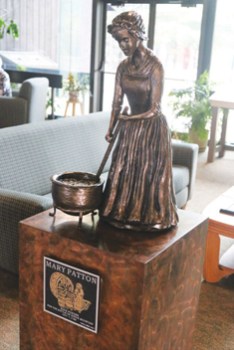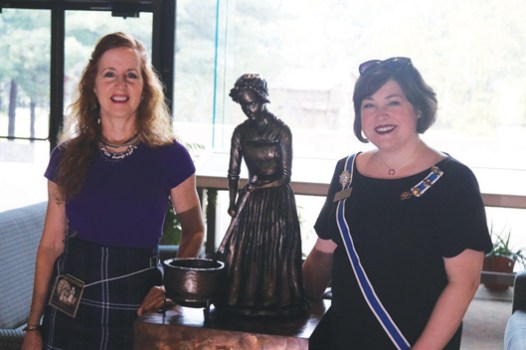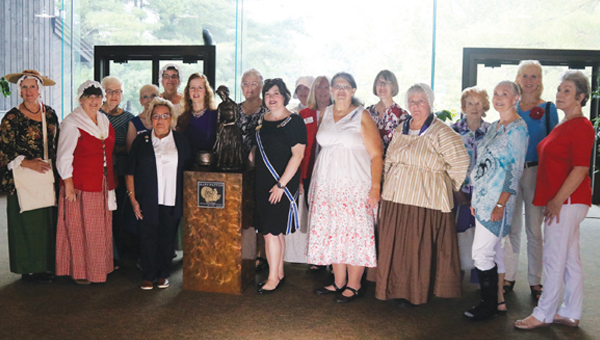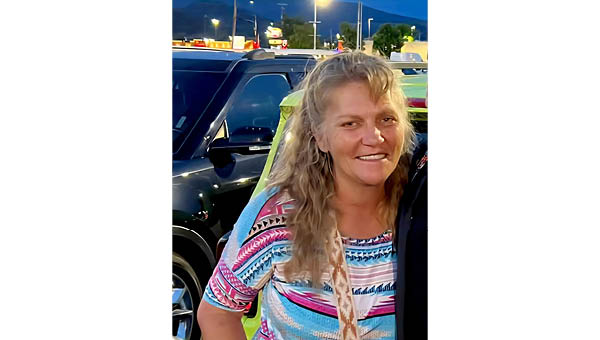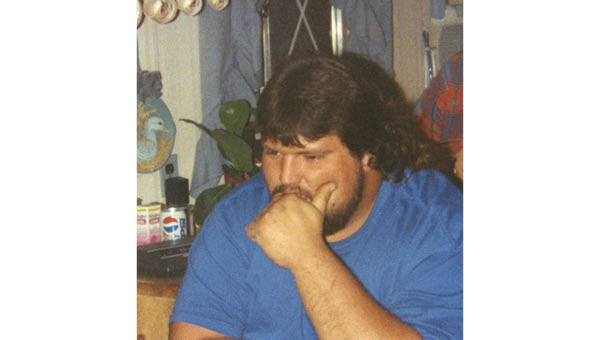‘She deserves to be remembered.’
Published 8:52 am Wednesday, October 2, 2019
Tennessee artist’s Mary Patton statue on display at Sycamore Shoals
After Seymour artist, sculptor and Tennessee DAR member Mary Ruden heard a historian’s generic reference to Carter County’s Mary McKeehan Patton simply as “a lady who made gunpowder,” she knew she had to do something to honor Patton’s significant contribution to the Revolutionary War.She has done just that. Ruden has created a bronze statue of Mary Patton, which she delivered to Sycamore Shoals State Historic Park in Elizabethton on Monday.
The statue, part of a traveling exhibit, will remain on display at the local park throughout the month of October. Ruden says she hopes it will help create awareness of the part Patton, a woman who lived in the Powder Branch community of Carter County, played in the Battle of Kings Mountain.
“When I heard that historian refer to her (Patton) as ‘a lady who made the gunpowder,’ and he didn’t even mention her by name, I knew I had to create a work of art that makes people remember her,” Ruden said. “She made the gunpowder for the Battle of Kings Mountain, the turning point in the Revolutionary War. She deserves to be remembered.”
“We need more women remembered,” Ruden added. “We know Betsy Ross. We know Molly Pitcher and there are a few others, but very few people know Mary Patton.”
Ruden used all the resources she could find to make the sculpture as historically accurate as possible.
“Although we don’t know exactly what she looked like — there were no photographs or portraits — we do have a painting based on DNA resources,” Ruden said. “But, we modeled the kettle after an actual kettle of hers. We do know what they look like. Sycamore Shoals State Park has two of her kettles; Rocky Mount has the third, so we know how they were made, where the bolts were.
“Her costume is correct for that period, too,” she added. “I consulted with a costume expert from the 1700s.”
It took Ruden about a year and a half to create the piece which is 5’2” inches overall as it stands on its pedestal. After spending the month of October at Sycamore Shoals, it will continue making its rounds to various museums. Then, it will be for sale.
The statue can also be made into a life-size piece, Ruden says, explaining that most artists work small, creating a “maquette” — a smaller size sculpture — that can be made into any size desired.
The Patton sculpture is the first of more to come in a series of Tennessee’s historically significant women, Ruden says. She is now working on her next project, a bronze sculpture of a famous suffragette from Knoxville, Lizzie Crozier French. Ruden says she hopes to have the statue placed at French’s gravesite in Old Gray Cemetery in Knoxville, in honor of French’s contributions resulting in the passage of the 19th Amendment, the women’s suffrage movement.
Formerly a professional art teacher at the collegiate level, Ruden is now a professional Public Artist, one who specializes in large sculpture for public places such as schools and convention centers. Her work can be seen all over the country.
Although she lives elsewhere, Ruden is certainly no stranger to Carter County. She has been here many times, doing restoration work twice on the Overmountain Man statue at Sycamore Shoals, on all the historic markers in Carter County, and she was selected to restore the Fort Watauga Monument on West G Street, which sits on the site of the original Fort Watauga.
Ruden’s extensive work of creating historically accurate pieces and doing restorations is no coincidence. She admittedly loves history and is a member of Daughters of the American Revolution (DAR), serving as the American History Vice Chair of the Appalachian Region, which includes 20 DAR chapters. About 20 representatives, state and local, from various DAR chapters were in attendance for the statue presentation at Sycamore Shoals, including a direct descendant of Mary Patton — Theresa Phelps, of Erwin, a member of the Mary Patton Chapter of the DAR.


